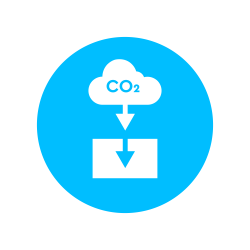Concrete Sustainability
Concrete is not only the world’s most used building material, it is the world’s most used material in general after water – for a reason. It is abundant, affordable, locally available and can be used in innumerable ways. Concrete’s remarkable properties make it a vital element in both limiting the scope, and combating the effects of climate change – enabling the development of sustainable and resilient building and communities around the world. Just a few of the incredible benefits of concrete are described below.











